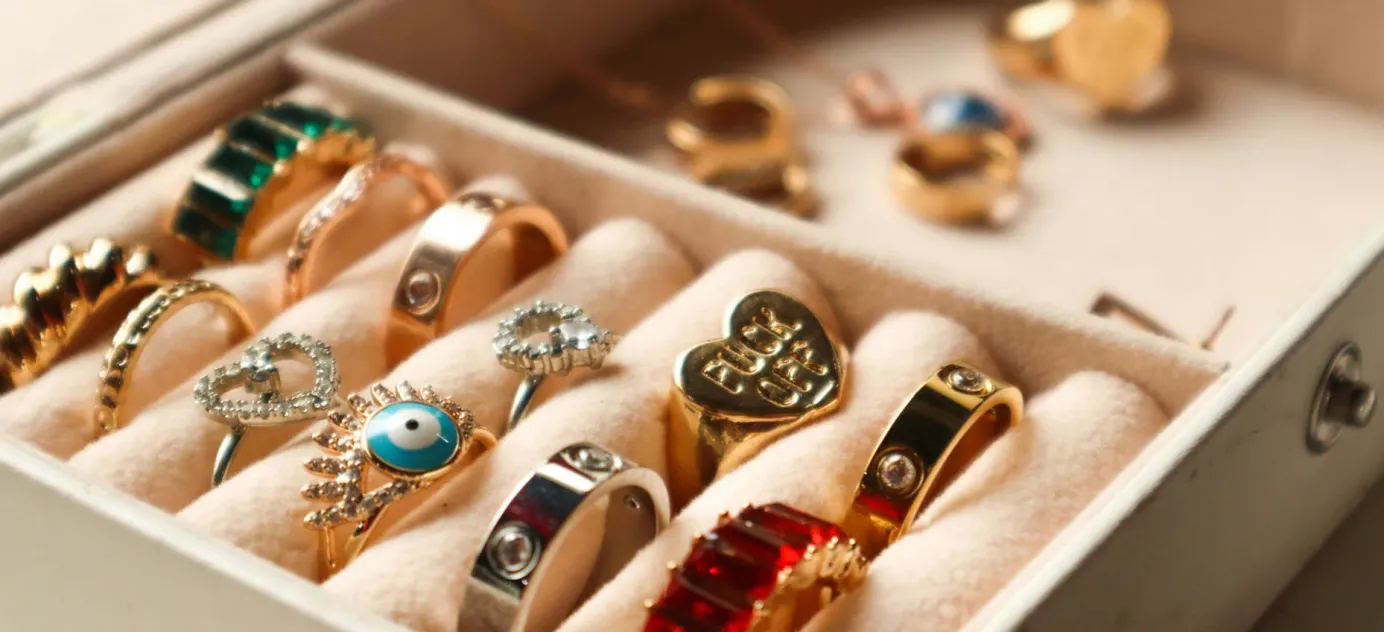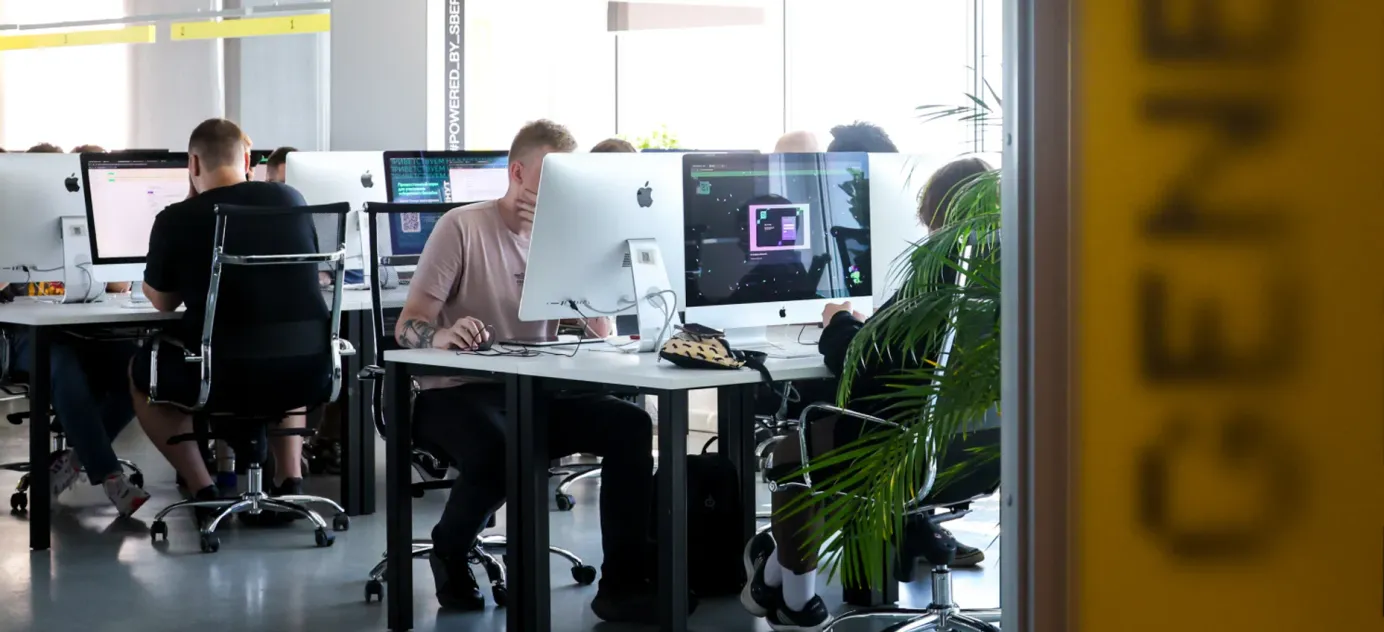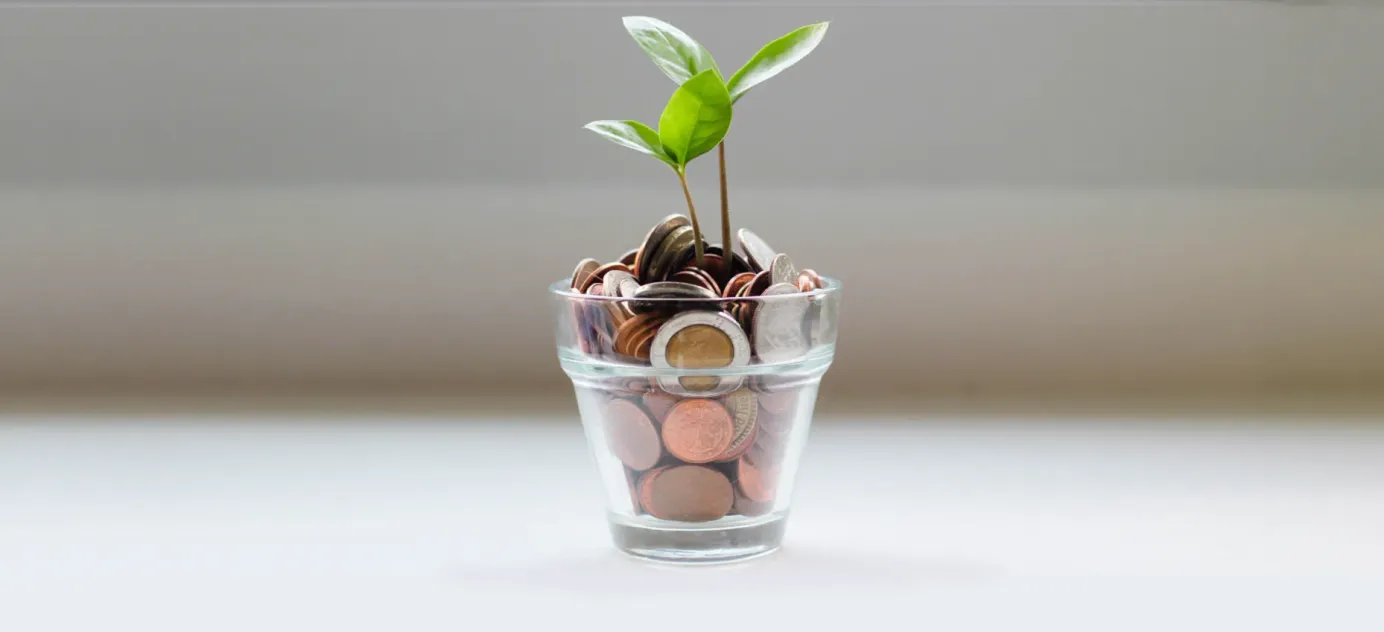
War helps Russian jewelry market shine again
Money from the war is pumping up the unlikeliest corners of the Russian economy. As soldiers’ families back home look to splash the cash from their loved ones’ bumper salaries, retail sales of jewelry are set to climb by at least 15-20% this year, according to figures collected by Kommersant.
- Jewelry sales in Russia are growing at double-digit rates for the second successive year. In 2023, the market was up 18%. This year, Infoline Analitika predicts 15.6% growth, while several retailers are anticipating growth closer to 20%. The Sokolov high street chain reported sales up 32.8% year-on-year in the first quarter.
- Part of this growth stems from increased prices for precious metals and some is linked to the rise of chain stores, aggressive marketing, improved online sales and the spread of payment plans. But that’s not the full picture.
- A significant driver of the new demand has been investment purchases. After all, it’s easier to buy a gold necklace than a gold bar, experts say. And that growth is being powered by “the families of participants in the special military operation in Ukraine, who have the opportunity to buy jewelry,” Vladimir Zboikov, executive director of the Russian Guild of Jewellers, told Kommersant.
- Another group buying on the domestic market is Russians who would previously have purchased Western brands while traveling abroad. The fact the growth is coming from these two categories of clientele should mean the market continues to grow for some time, Zboikov said.
- According to Russia’s largest lender, Sberbank, jewelry purchases were up more than 10% in the first quarter of the year. The influence of war-related payments was clearly shown by regional trends. The biggest growth did not come from the wealthiest regions, but instead from relatively poorer parts of the country, which have sent a disproportionately higher number of fighters to the army. Leading the way was the Southern Federal District (+32% year-on-year), the Urals (19%) and the North Caucasus (13%).
- There is also circumstantial evidence that the purchases are not gifts. For instance, Sberbank’s data shows no increased spending on flowers — a staple of Russian gift-giving. One alternative explanation for the boom in jewelry purchases could be the “lipstick effect,” where affordable luxuries see a spike in demand in times of crisis. However, it’s questionable how significant this would be in the third year of the war and why it might still be showing up in the data.
Why the world should care
Dynamics in the jewelry market are yet more evidence of how the war in Ukraine has created a new middle class, consisting of service personnel, those working in the security and defense industries and state bureaucrats. These are precisely the circles that Vladimir Putin sees as the country’s new elite, many of whom will also be exempt from tax rises when they come into force next year.





